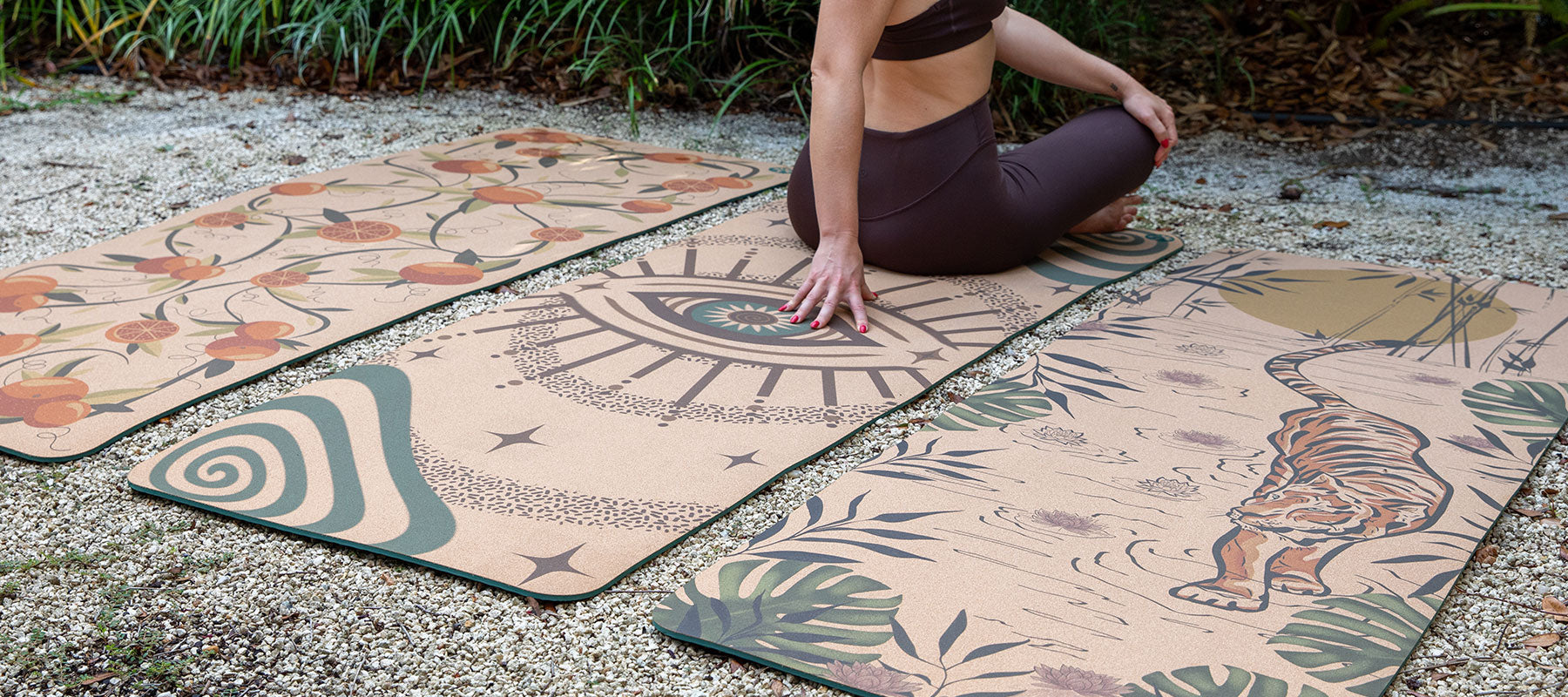“There’s a cork shortage!”. “Aren’t cork trees endangered?”
For many of us in North America, these are some of the first things that come to mind when people think of cork. That said, we can assure you that these claims are not accurate.
Just to clear things up right away – there’s an abundance of cork. Although the majority of cork trees grow in a relatively small portion of the globe, there’s enough cork on the planet today to seal all the wine in the world for the next 100 years. Unlike other types of products sourced from trees, cork is a fully sustainable and renewable natural resource. With an average lifespan of 200 years, the cork oak is the gift that keeps on giving; its bark is harvested without causing damage to the tree, and grows back to be harvested again after nine years. So, while demand for cork bark products can temporarily outstrip supply, it will not lead to a shortage of cork. In fact, such a situation can only lead to an increase in cork, as more cork oak trees are planted and harvested to meet demand. Cork forests are now being more sustainably managed than ever before, and new planting is always ongoing.
Where did this myth come from?
You’ve probably noticed that a lot wine bottles now come with a screw cap instead of a traditional cork stopper. This for good reason: Cork is hand harvested only once per year by skilled farmers, making it a much more expensive material compared to synthetic screw cap alternatives. It was for this reason that the wine industry saw a huge opportunity to cut costs.
That said, wineries needed a reason to convince you that screw caps were the way to go. And just like that – the misleading “cork shortage” rumor was born.
In the last ten years, the increase in screw caps has created a decrease in demand for real corks. The cork industry has become endangered because of this – not the trees themselves.
It is now more important than ever to preserve cork forests.
The cork groves in the Mediterranean Basin contain some of the world’s highest levels of forest biodiversity including endemic plants and endangered species such as the Iberian Lynx, the Iberian Imperial Eagle, and the Barbary Deer. These groves are a vital source of income for thousands of family farmers, who for generations have lived and worked in these forests. The cork groves absorb millions of tons of CO2 each year helping to combat global warming. The forests also provide the greatest defense against the desertification of this region. In short, the cork forests are one of the most sustainable and environmentally harvested forests in the world.
With the wine industry moving away from the cork, other uses for the amazing material are on the rise. Because it is impermeable, lightweight and antimicrobial, cork yoga mats are popular alternatives to rubber and PVC yoga mats. You’ll also find cork being used for flooring, shoes and other vegan accessories.


